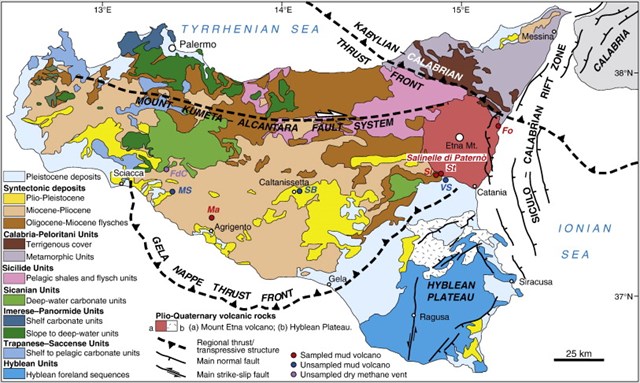MarcoP
Well-known member
Hi all,
Agricultural Lime in not available, or easy to find, in my area as our water/soil's PH is already high so it is getting way too long for me to finish my first stock pot.
I guess what makes the Lime work for this job are the oxidizing agents in it, so would that means that calcium oxide alone or magnesium oxide alone will still do the job? Or do I need a mix of them.
What else could I use after scrap iron has been digested in a spent HCl solution to drop copper out?
Would caustic soda push the remaining BMs out of solution while neutralizing it?
I'm sure it has been answered already and my bad I didn't take note of it as I was sure I was able to find some Lime, or similar, locally.
In Italy, most of your easily locally available products are not available and if so under a different name thus ending up with extra work.
Basic question if you have it all sorted, not so basic when even simple products cause you to read a lot more because their unavailability messing up my already little knowledge.
Thank you.
Agricultural Lime in not available, or easy to find, in my area as our water/soil's PH is already high so it is getting way too long for me to finish my first stock pot.
I guess what makes the Lime work for this job are the oxidizing agents in it, so would that means that calcium oxide alone or magnesium oxide alone will still do the job? Or do I need a mix of them.
What else could I use after scrap iron has been digested in a spent HCl solution to drop copper out?
Would caustic soda push the remaining BMs out of solution while neutralizing it?
I'm sure it has been answered already and my bad I didn't take note of it as I was sure I was able to find some Lime, or similar, locally.
In Italy, most of your easily locally available products are not available and if so under a different name thus ending up with extra work.
Basic question if you have it all sorted, not so basic when even simple products cause you to read a lot more because their unavailability messing up my already little knowledge.
Thank you.





